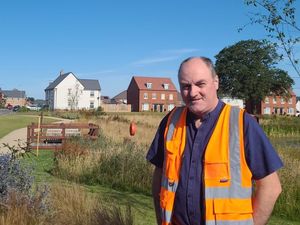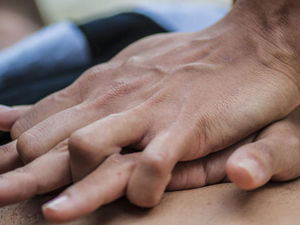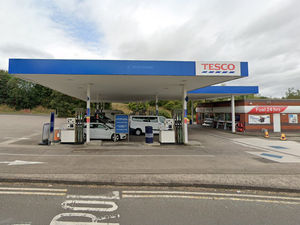Shropshire physio's warning over gardening tasks
A Shropshire physiotherapist is warning of the pitfalls associated with doing one gardening task for too long at any one time.
It comes as there has been a sudden influx of new patients seeking relief for muscle and joint strain.
Steve Briggs, owner of Shifnal based SB Sports Injury and Physiotherapy Clinic, advises that limiting each type of gardening task to 15 minutes and then going off to do something different for 15 minutes can help prevent strain injuries.
“Research into physical exercise programmes has long shown that small bouts of exercise can be more beneficial in a variety of ways than one long continuous bout, and the same goes for activities such as gardening," said Steve.
“Whilst gardening may be a peaceful and therapeutic pastime, it is actually quite hard on your body, especially if you suffer with back issues and normally spend long periods sitting at a desk.
"It is also easy to lose track of time when you are gardening, so it is a good idea to set yourself a time limit of 15 minutes per task at first.
"If you feel ok the following day, then you can move to 30 minutes at a time.
“Digging, planting, weeding, pruning etc, involves a range of different motions including kneeling, crouching, bending, squatting, stretching, lifting and twisting. When combined, these movements work a lot of different muscles and joints.
"By varying the individual actions in short, sharp bursts, it alleviates over-use of those muscles and joints and potential damage.
“As well as varying the different tasks it is also helpful to learn the body awareness that can ensure you carry out those tasks in the most physically beneficial way.
“For example, leaning your weight into the spade when you are digging requires less muscle power, and changing your digging foot regularly can reduce the risk of strain and help to keep your body balanced.
"When lifting something heavy, bend from the hips and knees rather than the waist, as your hips are more powerful and better equipped to deal with the load than your back is.”





